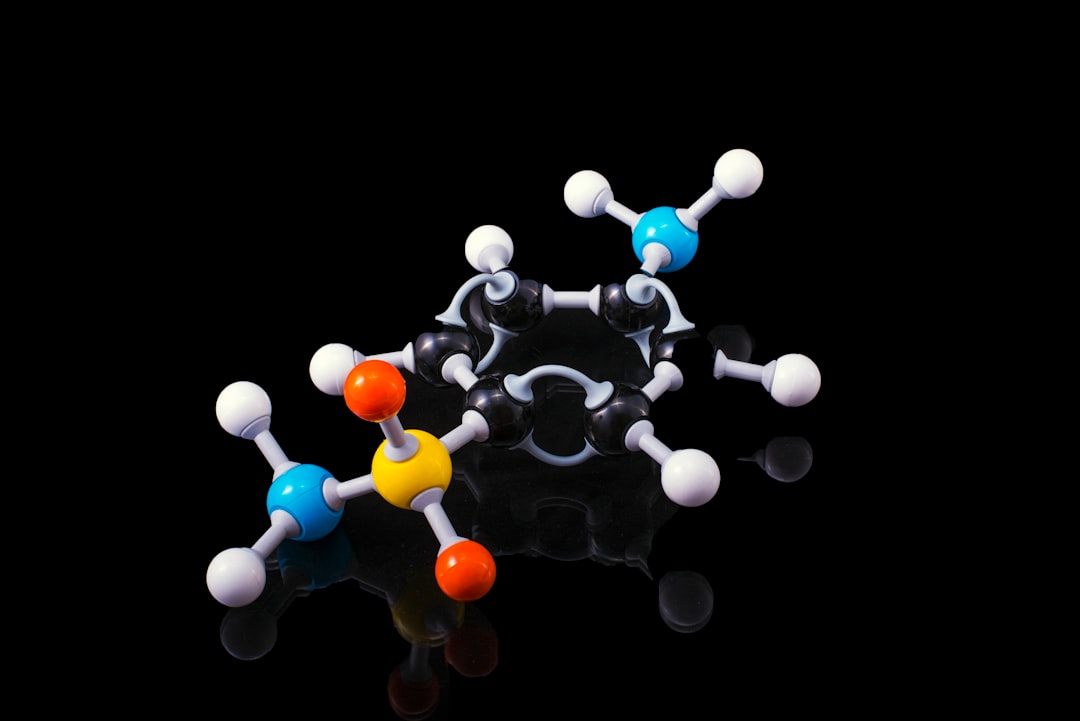What is it about?
TiO2 is a semiconductor oxide with a wide band gap. It is environmentally friendly, non-toxic, and cost-effective materials. The nanoparticle of TiO2 can be prepared to tune the optical and electrical properties of materials. In addition, the surface area of the materials also changes at a nanoscale. Doping pure material with other transition metals like Cu, Ni, and Cr was done to tune the band gap of TiO2 nanoparticles. The electronic properties of TiO2 change due to doping. The nanoparticles are known to have antimicrobial action (a) due to binding with the cell membrane and thus altering their basic cell functions such as respiration and (b) by penetration of the nanoparticles inside the cell and interaction with sulfur and phosphorous containing compounds, particularly DNA. The cell walls of microbes are composed of metal-binding ligands which can reduce the metal ions by donating electrons and thus allowing metals to penetrate inside the cell. The accumulated metal ions can further penetrate into the cell components and damage the cell depending upon the cell's resistance to that metal. The severity of cell damage depends on various factors such as the composition of a cell wall, the sorption site, and the chemical interaction of the metal ions. Thus titanium ions can enter into the cell membrane and bind with DNA via direct bonding thus disrupting their normal function. This in turn prevents cell replication and ultimately results in the death of the microorganisms.
Featured Image

Photo by Towfiqu barbhuiya on Unsplash
Why is it important?
comparison of the activities of the doped samples with pristine TiO2 reveals better performance of Cu–TiO2 against A. fumigatus but lower antifungal activity against Mucor sp. and F. solani. The antibacterial action of TiO2 and doped TiO2 was found lower than the reference drug but better than many reported studies employing nanoparticles as antibacterial agents. Statistical analysis provided an overall comparison of antibacterial/antifungal activities of doped samples with pristine TiO2 as well as reference drugs. Strong to moderate correlations were predicted from data of antimicrobial activities, however, correlations were non-significant (i.e., p > 0.05) due to the small sample size. The total antioxidant capacity (TAC) values were found to be the highest for pristine TiO2 and Ni–TiO2 nanoparticles. Cu, Ni, and Cr led to alteration of the antimicrobial action of TiO2 nanoparticles due to stronger chemical interaction and sorption of these metals into the microbial cells that led to cell death. The results of the biological assay demonstrated the promising potential of doped TiO2 as an alternative or combinational drug for practical applications.
Perspectives
The results of the biological assay demonstrated the promising potential of doped TiO2 as an alternative or combinational drug for practical applications.
Dr Afzal Shah
Quaid-i-Azam University, Iislamabad
Read the Original
This page is a summary of: Assessing the potential biological activities of TiO2 and Cu, Ni and Cr doped TiO2 nanoparticles, RSC Advances, January 2022, Royal Society of Chemistry,
DOI: 10.1039/d1ra07336b.
You can read the full text:
Contributors
The following have contributed to this page










